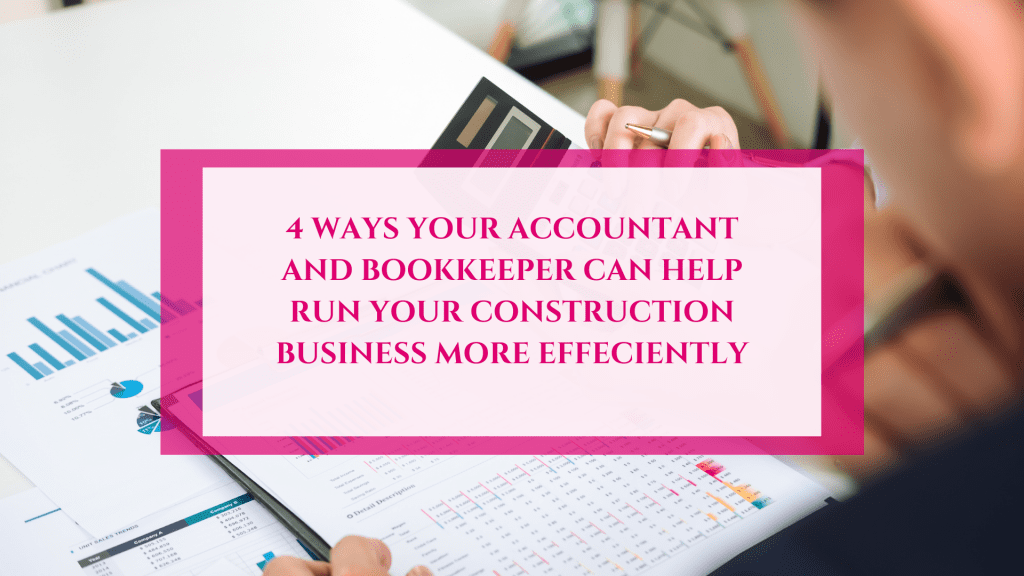
Are you struggling with your bookkeeping? You’re not alone. Bookkeeping in the construction industry is incredibly complex! So we wanted…

Are you struggling with your bookkeeping? You’re not alone. Bookkeeping in the construction industry is incredibly complex! So we wanted…
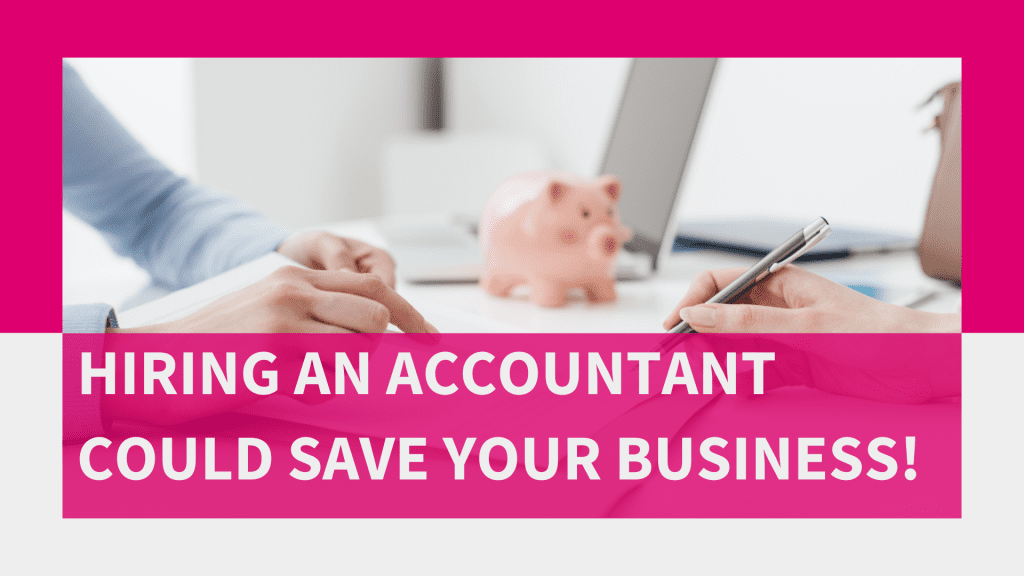
A lot of new businesses fail. A lot of old businesses fail. A lot of previously successful businesses fail. Why?…
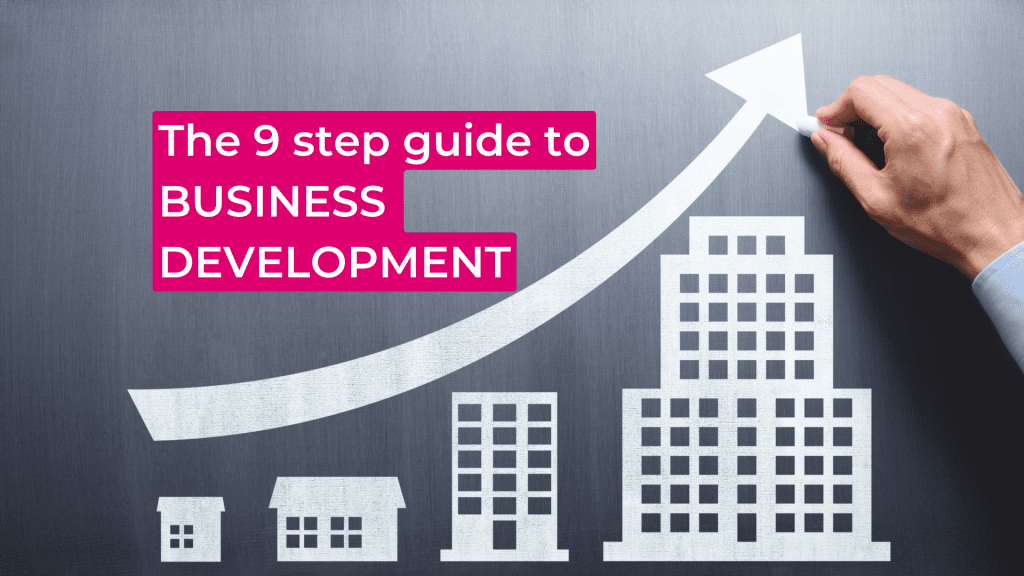
Here at 1 Accounts we are invested in helping your business develop and succeed. We find allocating some time each…
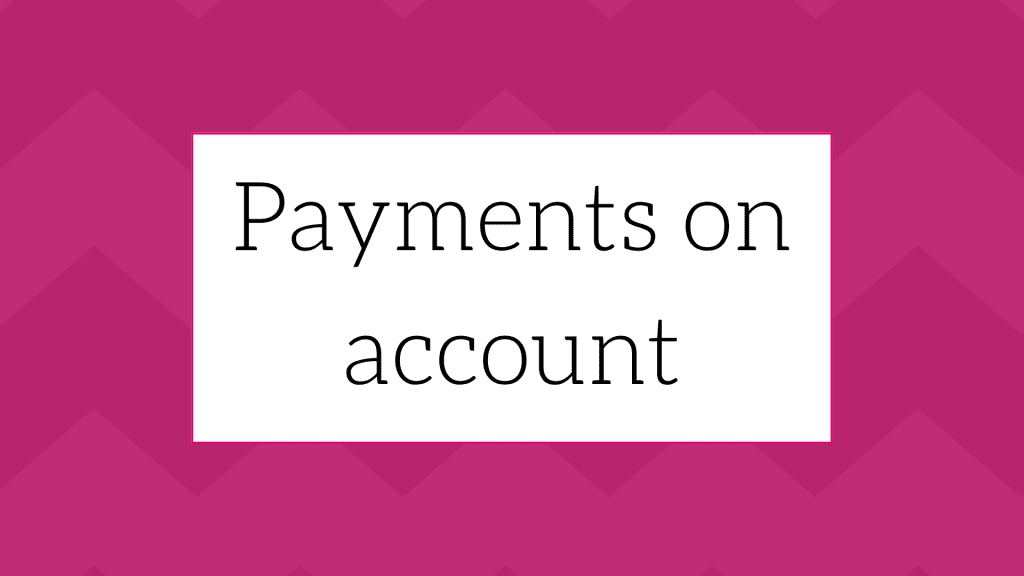
If you complete a tax return you may have to pay your tax twice a year. This sounds like it…
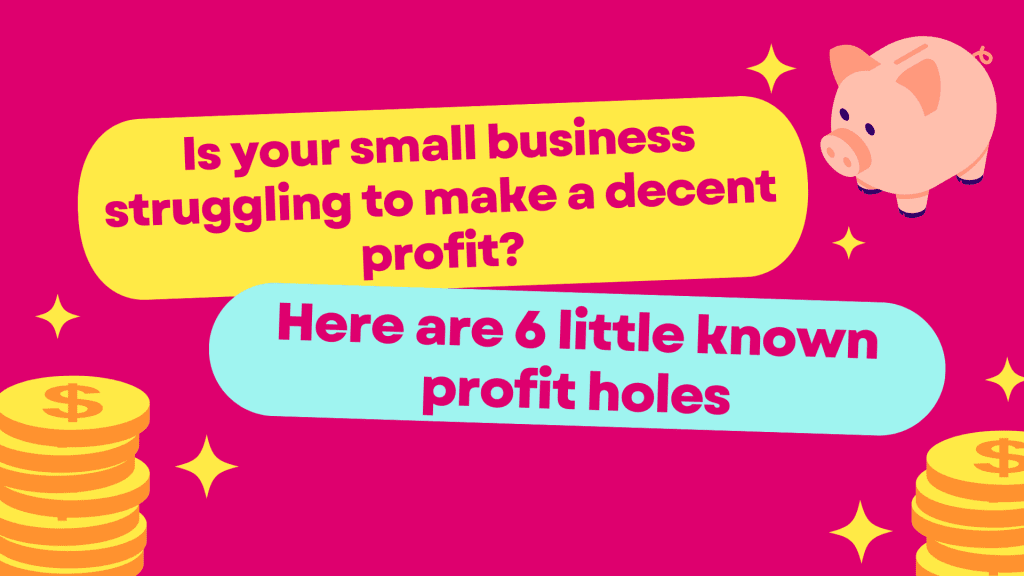
With the economy as unpredictable as it has been lately it is essential for small business owners to take a…

Back in his Spring Statement in March of 2022, then Chancellor Rishi Sunak announced significant changes to National Insurance. The…

So you want to sign up to working with us and have had a successful meeting! Or maybe you’re already…